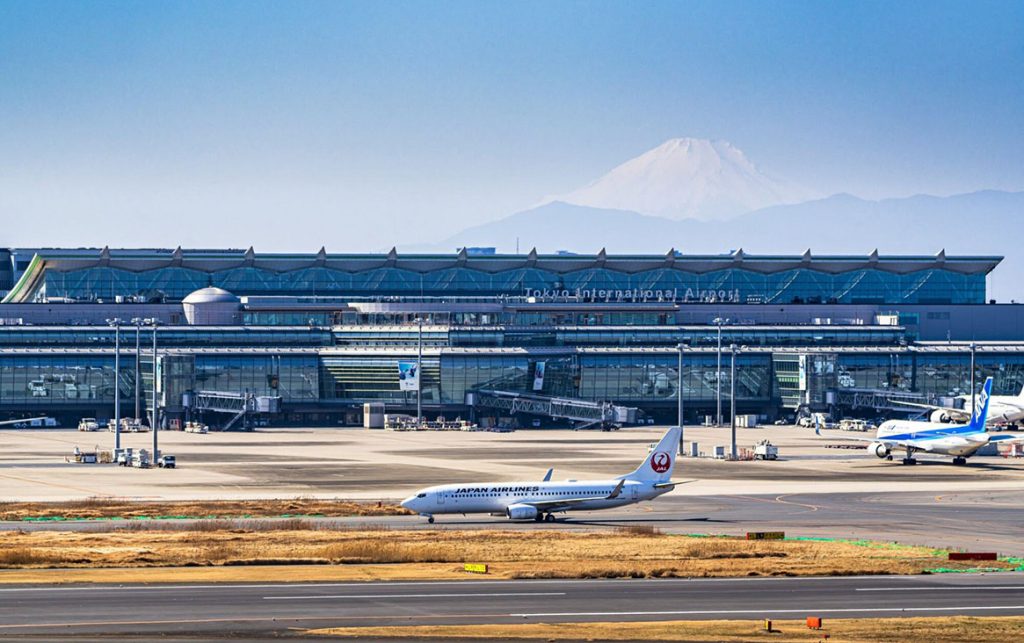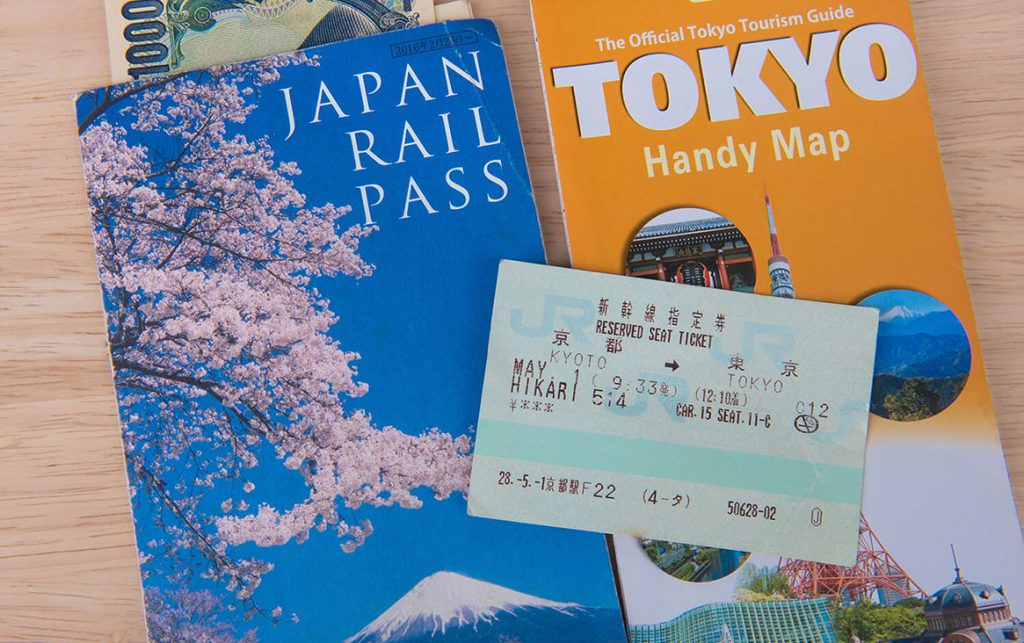Ticket Booking Tips
Booking Timing
When planning a winter trip to Japan, timing is crucial for securing the best flight deals. It’s advisable to book tickets well in advance, ideally 2-3 months before your intended departure date. This timeframe often offers more favorable pricing options and ensures a broader selection of seats. Booking early also helps avoid the surge in prices during peak winter months when demand for flights tends to increase significantly.
Discounts and Promotions
Exploring various avenues for securing discounts on airfares can be beneficial. Keep an eye on airlines’ official websites and subscribe to newsletters or promotional alerts. Airlines frequently run seasonal sales or special promotions targeting winter travel to Japan, offering discounted fares or exclusive deals. Additionally, consider leveraging credit card reward points, frequent flyer miles, or travel rewards programs to offset costs. Some credit cards offer travel benefits such as discounted airfares, complimentary upgrades, or bonus miles that can be redeemed for reduced-price or even free flights.
Flexible Travel Options
Flexibility in travel dates and times can lead to more budget-friendly options. Consider flying on weekdays rather than weekends, as mid-week flights tend to be cheaper due to lower demand. Early morning or late-night flights might also offer reduced fares. Exploring different airports, nearby cities, or alternative routes can sometimes lead to more affordable options. Additionally, consider using flight comparison websites or apps to compare prices across multiple airlines and find the most cost-effective options.
Package Deals and Bundles
Exploring package deals that combine flights and accommodations can offer additional savings. Many travel agencies or online platforms provide bundled deals for flights and hotel stays during the winter season, offering discounts compared to booking each separately. These package deals might also include added perks, such as complimentary breakfast or airport transfers, making them a more comprehensive and cost-effective option.
Route Selection and Flight Options
Choosing Routes
Japan is served by several major airports, each with its own advantages and access to different regions. Tokyo, as the primary gateway, has two key airports: Narita International Airport (NRT) and Haneda Airport (HND). Narita Airport, located farther from the city center, often handles more international flights and serves as a hub for long-haul routes. Haneda Airport, closer to downtown Tokyo, is convenient for travelers heading directly to the capital or nearby areas like Yokohama and offers easy access to the city center.
Apart from Tokyo, other major airports include Kansai International Airport (KIX) in Osaka and Chubu Centrair International Airport (NGO) in Nagoya. Kansai Airport serves the Kansai region, including Kyoto, Osaka, and Nara, while Chubu Centrair Airport serves the Chubu region, including Nagoya and the surrounding area.
When selecting a flight route, consider the proximity of the airport to your final destination in Japan, transportation options from the airport to your intended location, and the availability of connecting flights if necessary.
Direct vs. Connecting Flights
The choice between direct and connecting flights depends on several factors. Direct flights offer convenience and time-saving benefits, especially during winter when weather-related delays may occur. Airlines like Japan Airlines (JAL) and All Nippon Airways (ANA) offer direct flights from major international cities to Japan, providing a seamless travel experience.
However, connecting flights might provide more flexibility in terms of scheduling and potentially lower fares. Connecting through transit hubs like Seoul, Hong Kong, or Taipei can offer various flight options, though it involves layovers.
During winter travel, direct flights may be preferred to minimize the risk of delays caused by inclement weather conditions. However, connecting flights might be more cost-effective and allow for exploring additional destinations.
Carefully considering factors such as travel time, cost, convenience, and potential weather-related disruptions will aid travelers in making an informed decision regarding flight options for their winter journey to Japan.
Preparations Before Booking
Winter Gear
Winter in Japan can bring cold temperatures and diverse weather conditions, so packing appropriate gear is essential:
- Layered Clothing: Bring thermal base layers to retain warmth and pack sweaters or fleece jackets for insulation. A waterproof and windproof outer layer is vital, especially if visiting areas with snow or rain.
- Accessories: Don’t overlook accessories like gloves, scarves, hats, and earmuffs to protect extremities from the cold. High-quality thermal socks and waterproof footwear are crucial for comfortable walks in the cold.
- Protective Essentials: Carry lip balm, moisturizer, and sunscreen to shield against dry skin and potential sun exposure on snowy or sunny days.
Packing Tips

Efficient packing ensures you have all necessary items without carrying excessive luggage:
- Smart Packing: Use a lightweight, compact suitcase or backpack. Employ packing cubes or roll clothes to save space and prevent creasing.
- Versatile Clothing: Pack versatile clothing pieces that can be mixed and matched for various outfits. Neutral colors are practical for easy coordination.
- Multi-Functional Items: Bring items with multiple uses, such as a compact umbrella for both rain and sun protection or a versatile scarf serving as a fashion accessory and warmth provider.
Additional Recommendations
- Weather Monitoring: Keep an eye on weather forecasts for your intended destinations in Japan. This helps tailor your packing list according to expected weather conditions.
- Essential Supplies: Don’t forget to pack necessary medications, personal care items, and a basic first-aid kit for emergencies.
- Travel Insurance: Consider obtaining travel insurance covering trip cancellations, medical emergencies, and lost luggage. It provides added security and peace of mind throughout your winter journey.
Airport and Flight Experience
Airport Navigation:
Navigating major Japanese airports like Narita International Airport, Haneda Airport, and others involves several key steps:
- Departure Procedures: Arrive at the airport well in advance to complete check-in procedures, security checks, and immigration clearance. Follow airport signage and listen to announcements for boarding and departure gates.
- Gate Locations: Refer to your boarding pass for the departure gate information. Utilize airport maps or information desks to locate the correct gate.
- Transportation Options: Upon arrival, airports offer diverse transportation choices, including trains, buses, and taxis, connecting travelers to various parts of Japan.
Winter Flight Experience:
Traveling during winter months might pose certain challenges:
- Delays and Cancellations: Winter weather conditions, such as snowstorms or icy runways, could lead to flight delays or cancellations. Stay informed through airline notifications, consider flexible travel plans, and arrange travel insurance to mitigate potential disruptions.
- Adapting to Cold Conditions: Airplanes can be colder during winter flights. It’s advisable to carry a warm jacket or blanket for added comfort. Staying hydrated helps combat the dry air in the cabin.
Ground Transportation Upon Arrival
Airport to City Transport:
After landing at Japanese airports, several transportation options await travelers:
- Taxis: Offer convenience but can be relatively expensive. Ensure to use licensed taxis and be prepared for possible traffic congestion.
- Buses: Airport shuttle buses or limousine services provide direct connections to major city centers, hotels, or transportation hubs.
- Trains: Japan has an extensive and efficient train network. Consider using Japan Railways (JR) trains or local railways to reach city centers or other destinations.
Japanese Railways and Public Transport:

Japan’s railway and public transport systems offer convenient travel solutions:
- JR Pass: The Japan Rail Pass (JR Pass) is beneficial for tourists. It provides unlimited travel on JR trains and certain buses for a set duration, making it cost-effective for extensive travel within Japan.
- Local Trains and Subways: Local trains and subways in Japan’s cities offer reliable transportation and easy access to various tourist spots.
Winter Tourism Destinations and Activities
Winter Activities
1. Skiing and Snowboarding: Japan boasts world-renowned ski resorts in regions like Hokkaido, Nagano, and Tohoku. Destinations like Niseko, Hakuba, and Zao offer fantastic powder snow and a variety of slopes suitable for beginners to advanced skiers and snowboarders.
2. Onsen (Hot Springs): Japan’s winter is the perfect time to experience relaxing hot spring baths. Regions like Hakone, Beppu, and Kusatsu are renowned for their natural hot springs, providing a serene escape amidst picturesque winter landscapes.
3. Winter Festivals: Embrace the charm of Japan’s winter festivals. The Sapporo Snow Festival in Hokkaido showcases stunning ice sculptures, while Nabana no Sato in Mie Prefecture dazzles visitors with breathtaking light displays.
4. Ice Skating: Enjoy ice skating in various cities across Japan. Tokyo’s Winter Illumination at Tokyo Midtown or Yokohama’s Akarenga Park Ice Skating Rink offer delightful outdoor skating experiences.
Winter Cuisine
1. Nabe (Hot Pot): Warm up with a steaming pot of nabe, a comforting dish where thinly sliced meat and assorted vegetables are cooked in a flavorful broth at the table.
2. Yaki Imo (Roasted Sweet Potatoes): Street vendors sell roasted sweet potatoes during winter, offering a delightful and cozy snack cherished for its natural sweetness.
3. Oden: Try oden, a hearty stew featuring a variety of ingredients like fishcakes, tofu, and daikon radish simmered in a savory soy-based broth, perfect for warming up in chilly weather.
4. Winter Desserts: Indulge in winter-exclusive desserts such as warabimochi, a jelly-like sweet made from bracken starch, or zenzai, a sweet red bean soup with mochi, providing a delightful taste of Japan’s seasonal treats.
Engaging in these diverse winter activities and savoring Japan’s seasonal cuisine will undoubtedly enrich travelers’ experiences during their winter visit, offering a deeper connection to Japan’s rich culture and culinary heritage.



